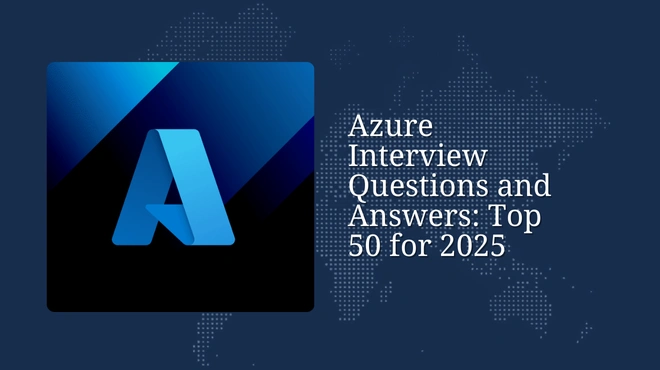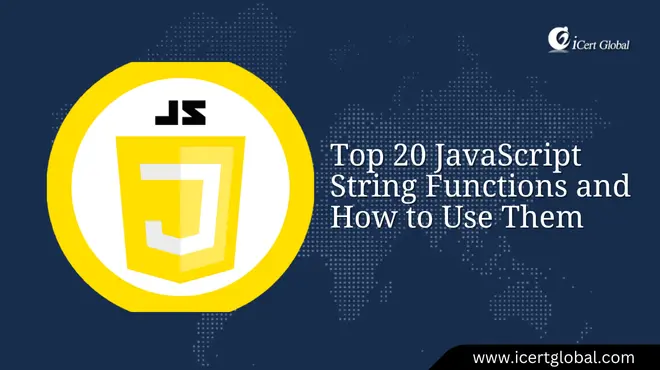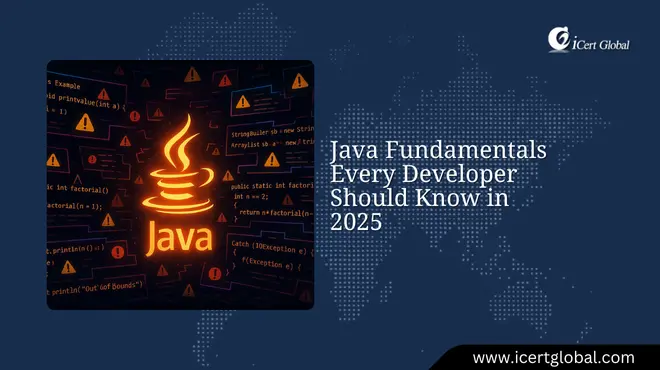Articles on Developement Courses
React vs Angular for Enterprise Apps: A Technical Breakdown
In the ongoing React vs Angular debate for enterprise apps, understanding Angular decorators in 2025 gives developers a ...
Python Automation: How to Write Scripts That Save Time & Reduce Errors
Python is the perfect starter language because its clear syntax is easy to grasp, and it empowers you to automate repeti...
Top 20 JavaScript String Functions and How to Use Them
From Java’s enduring reliability to the top JavaScript string functions, mastering both languages gives developers...
Master Angular Decorators in 2025: A Simple Developer’s Guide
In 2025’s rapidly evolving web development landscape, Angular decorators stand out as a simple yet essential skill...
Advantages of Python and Why Companies Prefer It
Anyone trying to learn Python fast will notice how its readable style and powerful libraries speed things up, which is e...
Why Java Continues to Dominate Enterprise Software?
Understanding the core Java fundamentals every developer should know is essential, especially as Java continues to domin...
How to Automate Daily Tasks with Python Scripts
Python is often recommended as the first language for new coders, especially because its simplicity makes it easy to sta...
Best Roadmap to Learn Java from Beginner to Advanced
The journey to becoming a skilled Java developer begins with strong fundamentals and a comprehensive roadmap that guides...
How Java Powers Android Apps: A Practical Overview
Why Java Still Rules the Programming World ties perfectly with How Java Powers Android Apps: A Practical Overview, illus...
Your Roadmap to Python Certification and Professional Growth
Getting started with Python becomes even more rewarding when you follow a structured roadmap that leads to certification...
Java Fundamentals Every Developer Should Know in 2025
As Java continues to evolve, blending the SOLID principles with the latest Java fundamentals is key to becoming a well-r...
Top Python Automation Projects You Can Build This Weekend
Python remains the go-to language for developers not only because it’s easy to learn but also because it empowers ...



.jpg)







.webp)


.webp)





